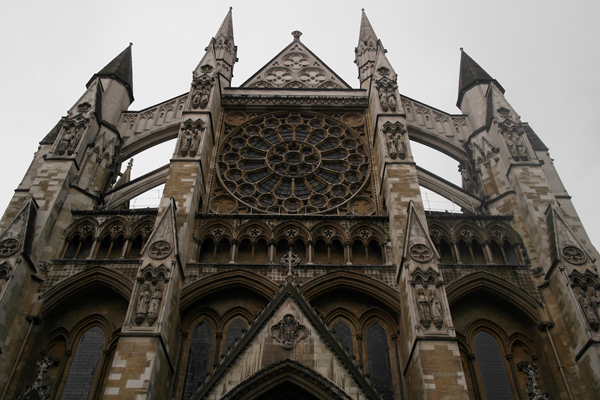Classroom Resources
Teach Through Educational Travel: Westminster Abbey

- Check out this map, with related links to different parts of Westminster Abbey, including the Abbey Museum (with effigies). Then take a look at some photos from inside the Abbey. What parts would you like to see first – and why?
- The oldest door in Britain is in Westminster Abbey! It was thought, for years, to be covered with human skin. New reports show that the door is over 900 years old (and not covered in human skin). Read this article and then discuss the role of humble objects in great places. What other humble, useful things might you find in Westminster Abbey?
- Learn more about the medieval Cosmati pavement by watching this video and with this interactive map. Discuss the challenges of conserving ancient art in such a high-traffic, high-use building. How many people do you think have walked on the Cosmati pavement?
- Over 3,000 people are buried in Westminster Abbey! Make history come alive…take a look at some of the graves here or here, and find one person who interests you. Gather in small groups to discuss which historic person you each chose, and why.
Related Articles

The 2024 WorldStrides Student Photo & Video Contest Gallery
Westminster Abbey in London, also known as the Collegiate Church of St Peter at Westminster, has been the site of 38 coronations of the British monarchy – starting with William the Conquerer in 1066...

Girl Scouts: Costa Rica Tour
Westminster Abbey in London, also known as the Collegiate Church of St Peter at Westminster, has been the site of 38 coronations of the British monarchy – starting with William the Conquerer in 1066...

2024 Mérida Pride Parade
Westminster Abbey in London, also known as the Collegiate Church of St Peter at Westminster, has been the site of 38 coronations of the British monarchy – starting with William the Conquerer in 1066...

Rise Up, Take Action: How to Support the LGBTQIA+ Community
Westminster Abbey in London, also known as the Collegiate Church of St Peter at Westminster, has been the site of 38 coronations of the British monarchy – starting with William the Conquerer in 1066...


